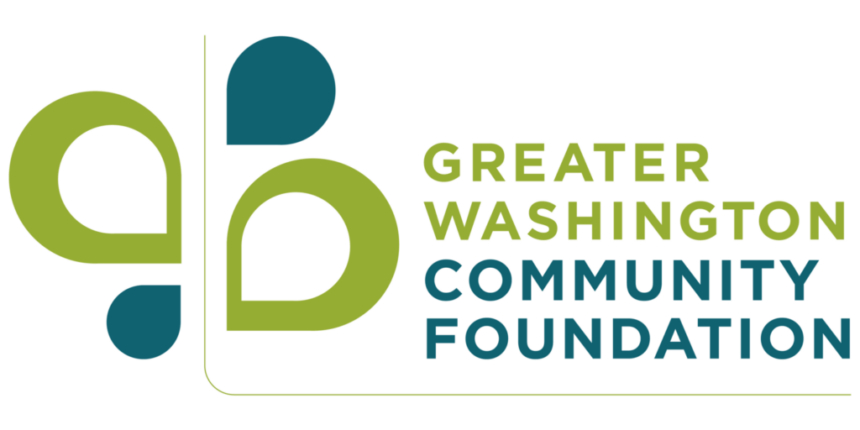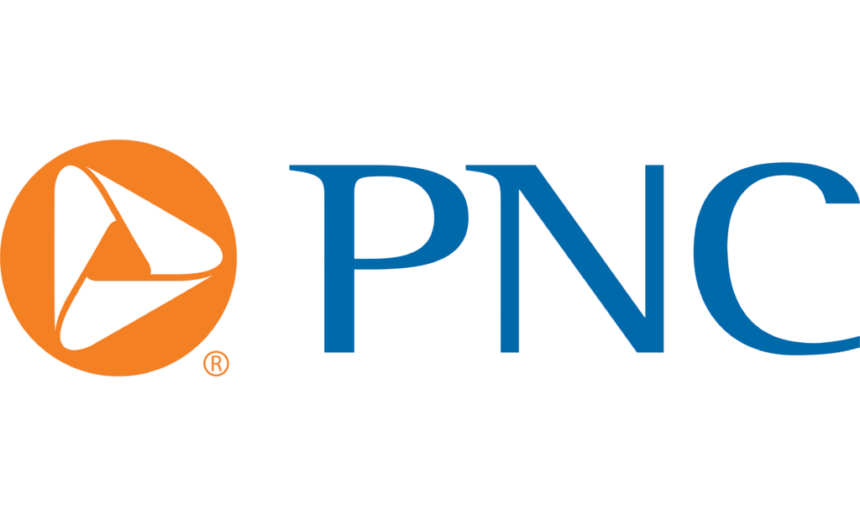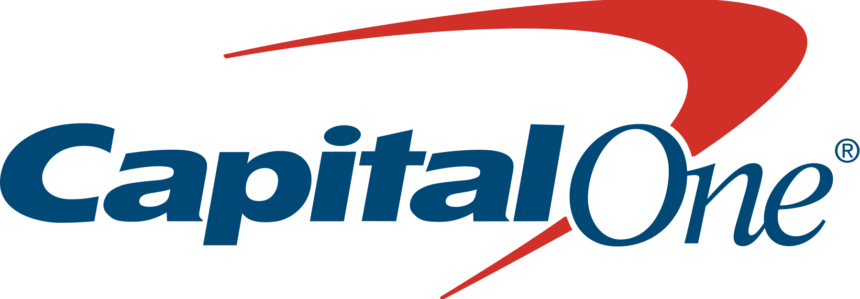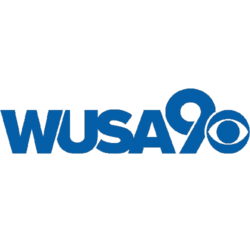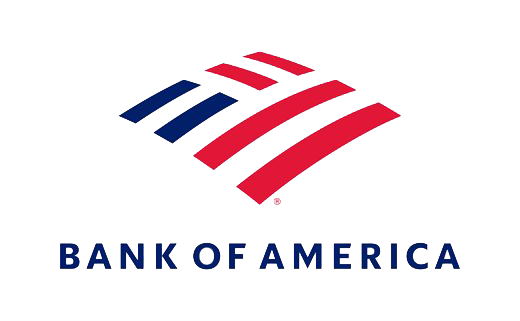NOV 23, 2019 | BOARD OF TRADE STAFF
The Great Depression and World War II put new, intense, and very different pressures on the Washington area. The Board of Trade was highly responsive to these events and can be credited with helping Washington stay strong and effective. After the war ended, the Board of Trade again adapted to change, this time to rapid growth in the District’s suburbs, making it a truly regional organization.
130 Historical Facts on the Board of Trade (Part Two)
Continued from Part One
(28) In 1930, the Board of Trade helped to buoy-up the local economy during the Great Depression by encouraging local businesses and residents to “shop at home” and make use of local architects, builders, contractors, printers, photoengravers, and other types of professional services.
(29) In 1931, the Board of Trade founded the Greater National Capital Committee (GNCC). Its purpose was to promote the Washington area nationally as a good place to do business. It published a publication titled “Do You Believe in Washington?” which promised growth in conventions, tourists, permanent residents, and trade organization headquarters. It also promoted the District as the educational, musical, and art center of the nation. In its first year, the GNCC was credited with bringing over ten million dollars of new business to Washington and it became one of the Board of Trade’s most important committees.

(30) The Board of Trade did not slow down during the Great Depression—it sped up. In 1932, the Board of Trade worked on 115 Congressional bills affecting Washington, double that of the previous year. In the mid 1930’s the Board of Trade had over 100 committees and sub-committees.
(31) The Board of Trade supported and helped implement the National Industrial Recovery Act, which was signed into law in 1933 and was the Roosevelt administration’s attempt to stimulate the economy by allowing businesses in the same industry to work together to raise prices, provide jobs, and establish fair labor practices.
(32) In 1934, the Board of Trade planned the first Cherry Blossom Festival, which attracted half a million visitors. The Board of Trade continued to organize this event for years to come.


(33) In 1934, the Board of Trade sent 150,000 questionnaires to more than 600 businesses to gather information on traffic patterns, especially at peak hours. This research was valuable for transportation companies and the Public Utilities Commission.
(34) The Board of Trade’s longstanding research on the District’s tax burden helped defeat a proposal in 1936 which would have cut federal contribution to the District’s budget by around $2.75 million.
(35) In 1936, the Board of Trade’s public utilities and transportation committee began a study of a subway system for the District which included a comparative analysis of the subways in New York, Philadelphia, Chicago, and other cities.
(36) An early example of the Board of Trade’s tendency to build coalitions is the Citizens’ Joint Committee, which by 1938 had enlisted about forty local groups to endorse and promote District representation in Congress and the right of District citizens to vote for president and vice president.
(37) The Board of Trade began regular meetings with area Chambers of Commerce in 1941. These meetings gradually became more formal and, nearly 80 years later, remain a regular part of the Board of Trade’s agenda.
(38) Ten days after the bombing of Pearl Harbor, the membership committee launched the Board’s Defense Bond Campaign, which sold almost $1.6 million of war bonds by mid-April 1942. This effort was so successful that the Treasury Department urged other chambers of commerce to follow the Board of Trade’s lead.

(39) World War II caused an unprecedented influx of workers to the D.C. area—137,000 people between 1940 and 1942. The Board of Trade responded by setting up a defense housing registry, the first in the country. By 1942, the Board of Trade was handling 6,000 applications per month from newcomers seeking housing. The federal government took over administration of the registry in 1942.
(40) Local banks and other businesses were overwhelmed by the area’s rapid population growth during World War II, especially on the federal government pay day. The Board of Trade convinced the federal government to stagger pay days to four different days per month to help alleviate the problem.
(41) After World War II ended, the population and economy of Greater Washington continued to grow, especially in the suburbs. This led the Board of Trade to become increasingly regional in its scope and approach.

(42) For 13 months beginning in December of 1948, the Board of Trade ran its own weekly radio show on WTOP called “Your Town.” It covered the Board of Trade’s views on aviation, municipal fiancé, housing, business outlook, population trends, world trade, and other topics.
(43) Board of Trade meetings were not always accompanied by great meals. In 1949, the Board of Trade eliminated free food at most member meetings in the spirit of financial prudence (the policy lasted several years). In response, a longtime member composed a poem to express his disappointment:
If only a ham sandwich, if only a glass of beer, If only a cup of coffee, it would give me a little cheer, For after each meeting we like to gather round And greet the friends we have made, Its nice to have refreshments in the good old Board of Trade.
(44) In 1956 the Board of Trade was proclaimed a “Cooperative Office” of the US Department of Commerce. The purpose of the program was the help make the services of the Commerce Department more readily available to the local community and to encourage the business community to use information available from the federal government. (Source: Board of Trade News, 1996)
(45) In 1959, after a thirty-five years, the Board of Trade lifted its “no women” policy. Despite concerns that more male members would leave than female members would join, the planning activities committee reported that excluding women was “patently impractical and inconsistent with the recently adopted finance committee report which contemplates seeking fair share support from business enterprises, many of which are owned or importantly staffed by women.” More than 100 women were admitted as members once the policy was changed.

(46) Another big change in 1959: to signal it’s expanding regional scope, the Washington Board of Trade changed its name to the Metropolitan Washington Board of Trade.


Continue reading >> 1960-1989: A Sharper Focus on Community Needs
(Unless otherwise stated, the source for the information presented in this article is Civics, Commerce, and Community: the History of the Greater Washington Board of Trade, 1889-1989.)



